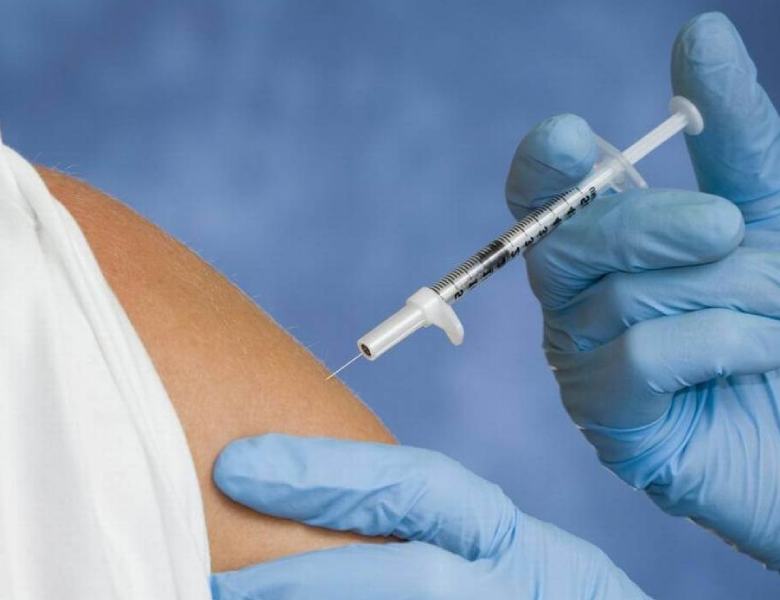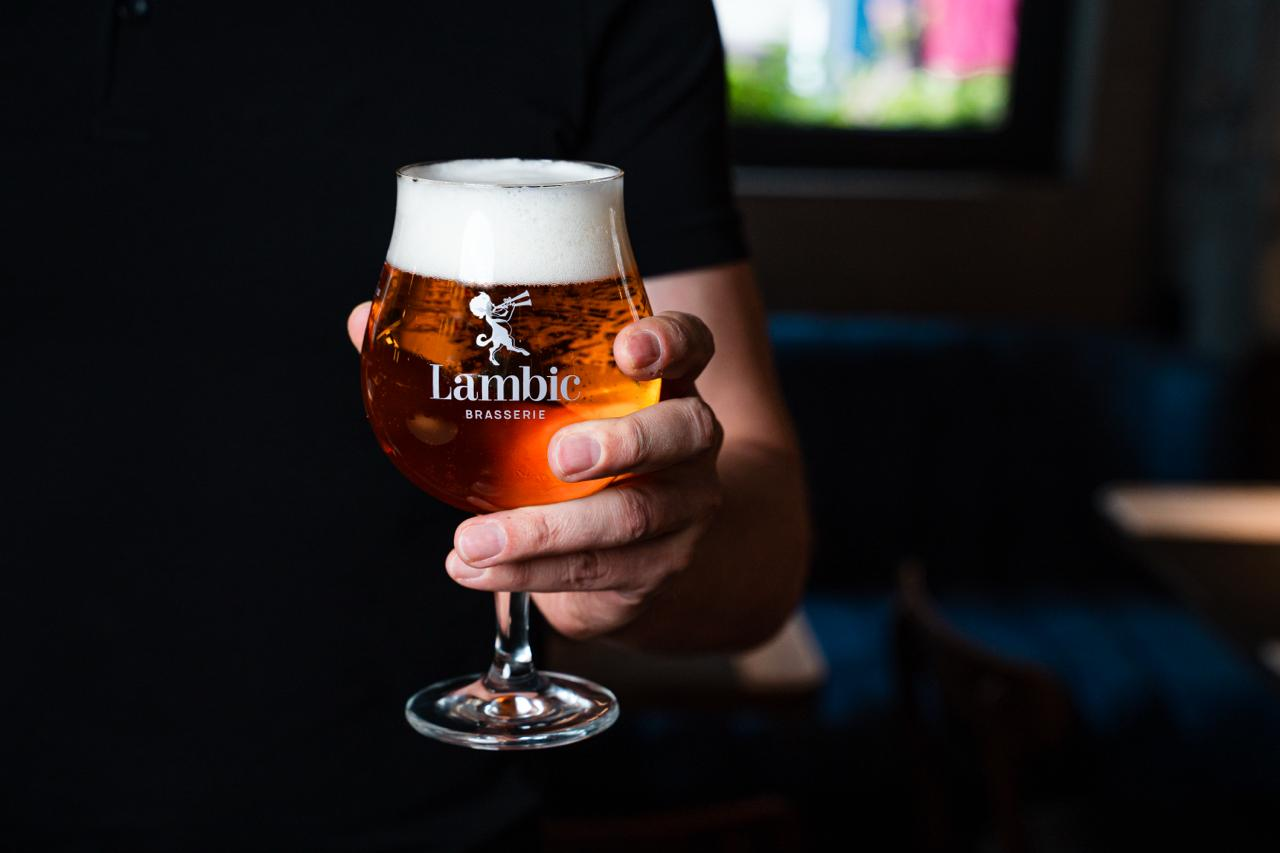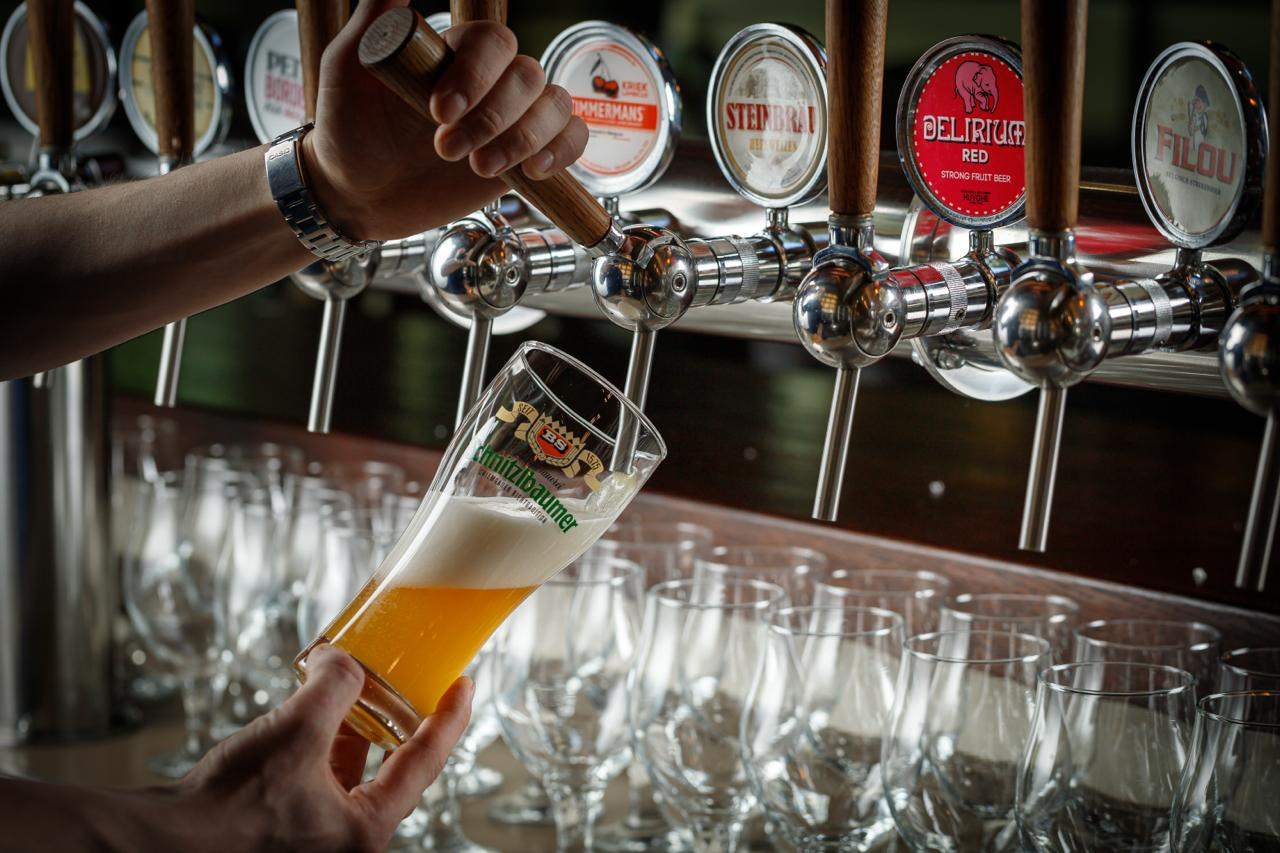On a hot topic: can I drink beer before and after the coronavirus vaccination?

All new developments always raise a lot of questions, and a mass vaccination against coronavirus is no exception. It is not always possible to find a convenient day to get vaccinated, plus you will have to do it often, and it may happen that a visit to the vaccination center coincides with a holiday or an important meeting. Hence the understandable concern — is it okay to drink alcohol before and after vaccinations, and if so, in what amounts? And does it make a difference what kind of alcoholic beverages to drink — should beer at least be outlawed? Let's figure out together how not to deny ourselves the pleasure without harming our health.
Physicians' Opinion
It is a well-known fact that alcohol is a psychoactive substance that affects the human nervous system. Because of this property, alcohol should not be consumed while taking various medicines — for example, antibiotics, painkillers, antidepressants and so on. With vaccinations the same situation: after vaccination the human organism begins to produce antibodies actively, which in the future will fight against the virus cells. And alcohol can interfere with this process. If alcohol is actively consumed during the vaccination, all reserves will be used to remove toxins from the body, respectively, there will be no energy left for the proper formation of immunity. This means that the effectiveness of the vaccine will decrease, or it will become meaningless altogether.
Meanwhile, experts have already refuted the opinion that one should not drink alcohol for all 42 days while vaccination and immunity development are taking place. According to the director of the Gamaleya Center, where the Sputnik V vaccine was developed, the main thing is to refrain from drinking alcoholic beverages for the next three days after vaccination.
Going to a beer restaurant just before the vaccination is also not recommended. Alcohol is eliminated through the liver, which is the organ that helps antibodies form. Doctors recommend giving up alcohol 2 weeks in advance, but this is more of a safety precaution. If this is not possible, you can reduce this period to the same 3 days — during this time the body will be cleaned of ethyl alcohol, and it certainly will not harm the future vaccination.
After you have been vaccinated and waited 3 days, you can start drinking alcohol, but within reasonable limits. Simply put, not in liters and not every day. Beer is ideal for this purpose — it is quite light, and you can enjoy even one glass.
In general, the ideal solution in this situation is to refrain from heavy meals for the entire period, which will be required for vaccination and the production of antibodies. But this does not mean that you have to deny yourself your favorite drink. Drink wisely and be healthy!

How to choose beer yourself: a detailed guide for beginners
Contents How to choose a delicious beer Seven signs of good beer Rules for drinking beer Beer is a low-alcohol beverage made from hops, barley malt, and yeast through fermentation. But not everything on store shelves and in bars can be called truly good beer. How can you choose a tasty beer How can you choose a tasty beer if you don't know anything about it? Here are ten simple rules to help you find a truly good drink. 1. Label To avoid buying a poor-quality product, you need to check the label for authenticity. On a quality beer, it should be affixed evenly, without wrinkles, bubbles, or damage. All information, including ingredients and shelf life, should be easy to read. And with the help of special apps, you can check the authenticity of the excise stamp to ensure the legality of the product. 2. Shelf life The shorter the shelf life, the better the quality of the beer. Stabilizers are added to the drink for long-term storage, which makes it harder on the body. For example, live unfiltered beer can only be stored for 2-3 days, and it is best to try it in breweries. Pasteurized “live” beer from the store can be stored for several weeks. Never drink beer that has expired — it can cause poisoning. 3. Strength and density The numbers 10%, 12%, or 14% on the bottle most often refer to the density of the beer, not its strength. Here is an approximate conversion to familiar degrees: — 10% density — about 4% alcohol; — 12% — about 5%; — 14% — about 6%; — 18% — about 8%. Nowadays, many manufacturers directly indicate the alcohol content. The norm is from 3% to 14%. Good beer has an alcohol-to-density ratio of about 1 to 2.5. If the balance is disturbed, alcohol may have been added to the drink. 4. Storage conditions Beer in kegs in bars or stores must be stored in a cool place. This is especially important to monitor in the summer. Heat and sunlight cause beer to spoil quickly and may cause it to ferment. Therefore, both in restaurants and supermarkets, it is worth asking where the drink was stored. It is best not to take warm bottles from the shelves. 5. Cleanliness matters Beer keg tubes should be cleaned daily or at least several times a week. If this is not done, yeast residues will spoil the taste of the drink and give it an unpleasant sourness. This means that it is better to go to trusted establishments, as the risk of encountering a poor-quality product is lower. 6. Serving tricks Before pouring beer, there is no need to wipe the glass dry. It is enough to rinse it with cold water to wash off dust and cool it down. Water droplets on the sides of the glass will help the beer reveal its taste and aroma better. 7. Counting circles After drinking a good beer, foam marks — “rings” — remain on the sides of the glass. Their number often corresponds to the number of sips. If there are no marks, the beer may be diluted. You should also be wary if the foam is too large and takes up half the glass — unscrupulous bartenders save on the drink this way. 8. Better to pour it into another container Beer can be sold in glass bottles, tin cans, or plastic containers. It is best to drink it after pouring it into a glass or mug. If you drink it straight from the bottle or can, the drink gets shaken up and quickly oxidizes, which spoils its taste. 9. What is the price? Cheap beer almost always means poor quality. Of course, a high price does not always guarantee excellent taste (part of the price may be advertising costs), but a low price is a sure sign of a bad product. 10. Choose according to taste And the last rule is that to choose a beer that you will definitely like, it is important to focus on your own taste. The main types are: porter — dark and strong; ale — thick and aromatic; lager — classic light; lambic — Belgian beer with fruity notes. Seven signs of good beer The quality of beer can be determined by several characteristics: — Good beer should not be cloudy (this also applies to unfiltered beer). Cloudiness indicates impurities or a violation of the brewing process. — There should be a slight bitterness of hops in the taste, but it should not be unpleasant. — There should be no pronounced smell of honey or acidity — this is a sign of a defect. — The taste should be dense and rich, not watery. — The foam should be dense and persistent, lasting several minutes. With light beer, the foam leaves rings as the glass is emptied. — Dark beer usually has less foam (up to 5 cm), but the bubbles last longer. — A distinct sourness and sharp bubbles indicate that the beer has fermented or contains artificial additives. Rules for consumption Have you selected a quality beer? Here is how to serve and drink it properly: — Do not mix different types of beer in one glass. It is better to finish one and pour a fresh one into a clean glass. — Choose glasses made of glass, ceramic, or porcelain. Plastic and metal are not suitable. — The optimal serving temperature is up to 8 °C. Cool beer in the refrigerator, but not in the freezer — a sharp temperature change will spoil the taste. — Pour beer correctly: hold the bottle or can 2-3 centimeters from the rim of the glass, which should be held at an angle. Pour to the middle of the glass (there is often a special mark there) to allow the foam to form and settle. — The ideal way to taste beer is in three sips: the first large (about half), the second half of what remains, and the third to finish off the rest. And don't mix beer with other alcohol. — Never add fresh beer to yesterday's leftovers. It's better to pour out any unfinished drink. Now you know how to distinguish quality beer and serve it correctly. And if you don't want to do everything yourself, come to Lambic beer restaurants! We will advise you on beer, recommend excellent snacks to go with it, and delight you with a cozy atmosphere. See you soon!
30 September 2025

Start the new season with taste: what beers to drink in autumn
Contents Lambic: born in Belgium IPA: a hoppy classic Lager: not just light Dark ale: rich and deep flavor Gose and Sours: for those who enjoy a sour taste September and October are peak months for beer lovers. With Oktoberfest and other festivals in full swing, it’s the perfect time to explore seasonal styles and discover brews that pair beautifully with crisp air and hearty food. Here’s your guide to fall-friendly beer styles and their ideal pairings. Lambic: born in Belgium Spontaneously fermented and deeply traditional, lambic offers a sour, earthy profile with notes of leather, forest, and aged cheese. Fruit lambics add berries or juices, faro includes caramelized sugar, and geuze blends vintages for wine-like complexity. Pairing: Classic lambic with cheese and seafood; fruit lambics with red meat or veal salad. IPA: a hoppy classic Bold and bitter, IPA was born out of necessity — extra hops preserved it during long voyages to India. Today, it’s a favorite for its aromatic punch and assertive bitterness. Pairing: Spicy dishes, grilled meats, kebabs, and fruit-based plates — the bitterness amplifies flavor. Lager: not just light Clean and crisp, lagers are brewed at low temperatures. While pilsners are light and hoppy, dark lagers offer caramel depth. Barrel-aged lagers are gaining popularity for their woody richness. Pairing: Spicy cuisine, pizza, burgers, and Asian or Mexican dishes — lagers balance heat and fat. Dark ale: rich and deep flavor Top-fermented and roasted, dark ales deliver flavors of nuts, chocolate, caramel, and smoke. Barrel aging adds layers of vanilla, oak, and spirits. Barleywine stands out with 10–13% ABV and aging potential. Pairing: Smoked meats, aged cheeses, and chocolate or coffee-based desserts. Serve slightly chilled (12–14°C) and sip slowly. Gose and Sours: for those who enjoy a sour taste Gose is salty and citrusy, thanks to coriander and salt. Sours — especially smoothie sours — are thick, fruity, and vibrant. Rapid fermentation with lactobacillus speeds up production. Pairing: Gose with salty snacks or sweet desserts; smoothie sours as standalone dessert drinks or digestifs. Celebrate autumn at Lambic beer restaurants. We offer the best brews from around the world, delicious food, and a cozy atmosphere. See you soon!
30 September 2025